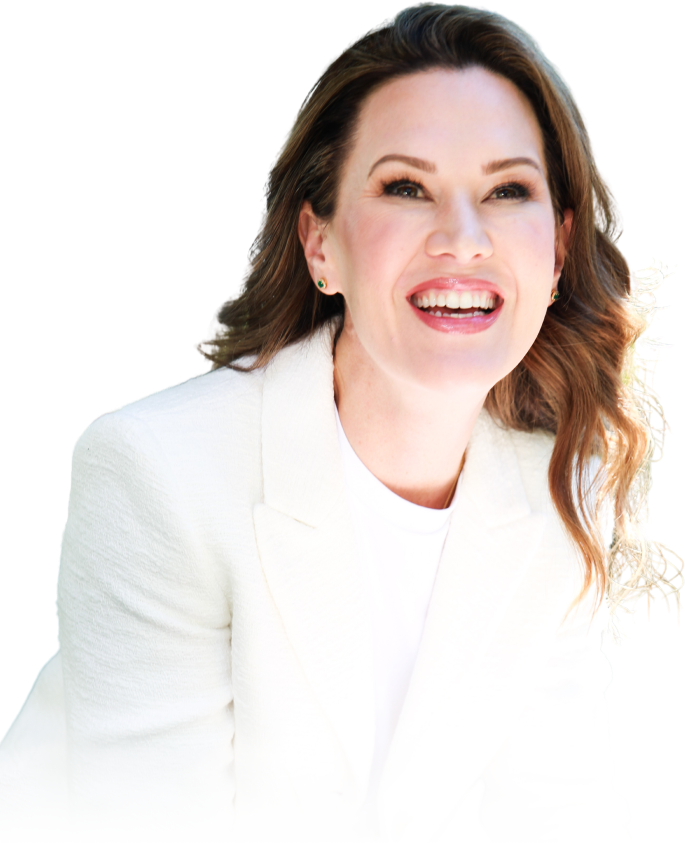
From Tragedy...
I was a midwestern girl who wanted to be the
next Katie Couric. We all did. It was the 1990s.
My first job out of college was as a producer and reporter in
Champaign, Illinois.
But every time I jumped in front of the camera to do a “stand-up” with just that big chunk of metal recording me, I’d get hives. I was nervous. I was scared. I’d have self-defeating thoughts:
“I’m going to sound stupid.”
“I’m not thin enough.”
“My hair isn’t right.”
“I don’t even know how to put eyeshadow on.”
I couldn’t do it.
I went into management as a TV producer and, later, an executive producer.
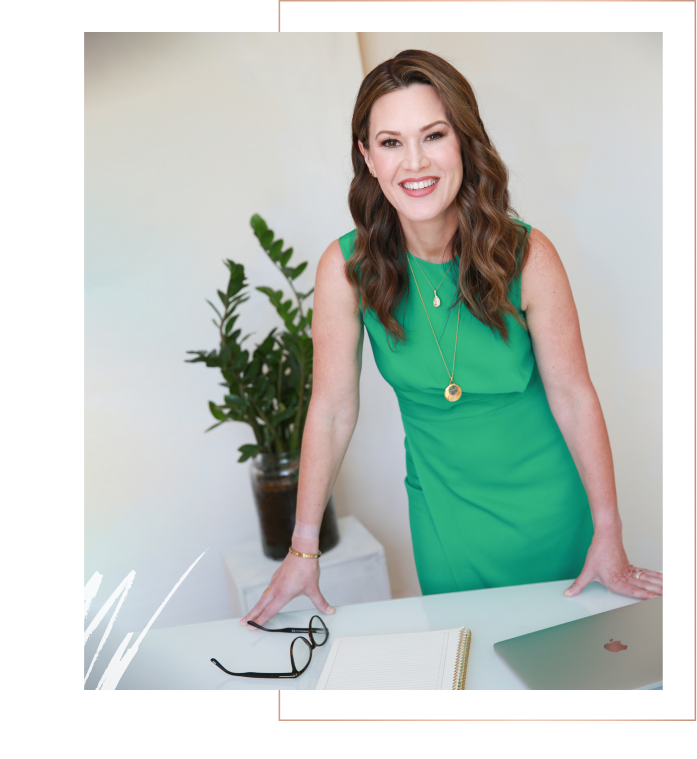
Everything
Changed
On August 1, 2007.
I was 29 years old and the spokesperson and
public information officer for the Sheriff’s office.
It was 6:14 p.m.
My beeper went off.
At the height of rush hour,
the 35W bridge in my city, Minneapolis, collapsed.
190 people were on the bridge, and 13 died. It ignited a media firestorm, first locally, then nationally, then globally.
The Sheriff’s office was in charge of the
waterways, so our office was the point of
contact. One person took all the incoming press
calls: me on my Blackberry.
The next 13 days were all-consuming. I was managing thousands of requests from reporters and producers. I had years of media experience, so I knew what they needed. I arranged hourly press conferences. Then daily. I shuffled the sheriff from interview to interview on every local and cable network.
The most renowned news anchors in the world were camped out. President Bush was flying in. All this was happening in the middle of a deeply traumatic crime scene. I will never forget the sights of families hoping to find family members to the smells of the disaster.
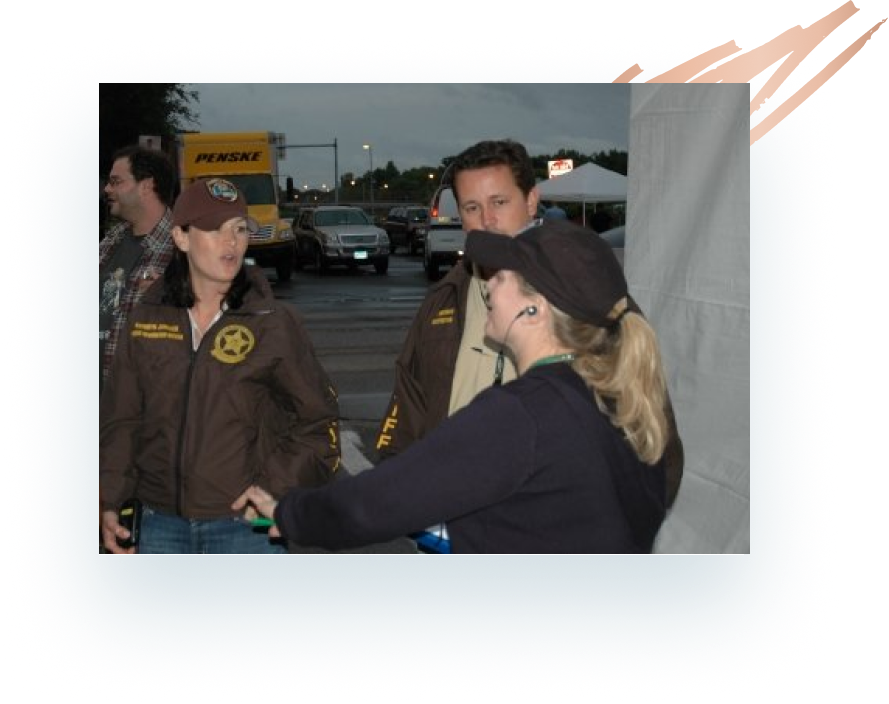

By day two, I realized how much the sheriff’s distrust of the media was hurting him. His message wasn’t getting across in interviews.
His empathy wasn’t translating. I learned in real time that you must adapt your communication for every situation and audience. Messaging for local news is different than global news. I watched him inadvertently hurt the situation. He also feared the media, as many do.
I tried to help with the small adjustments that make a huge difference on TV and with all media interviews, but it quickly became clear he didn’t want the coaching.
In the months after the tragedy
I traveled to coach law enforcement officials
around the state on how to respond to the press
in dire circumstances.
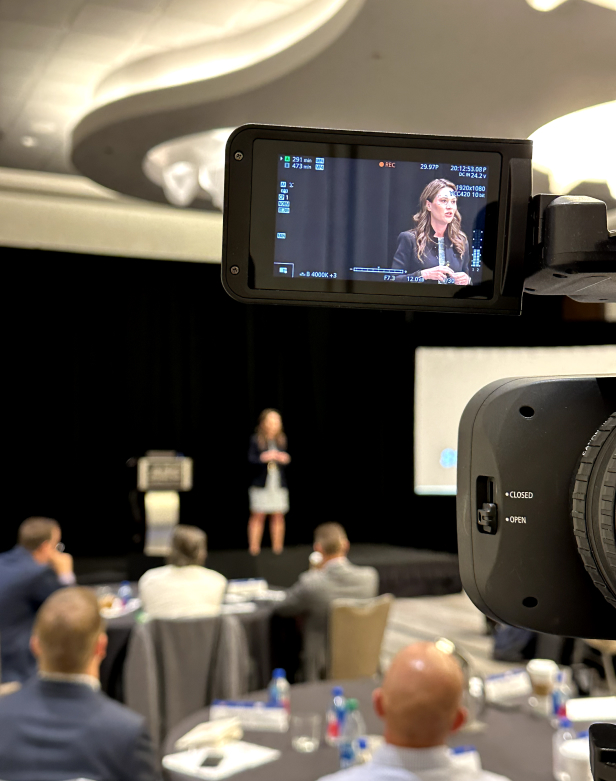
In 2008, I moved home to Chicago. I wanted to get back into news and to a larger TV market with bigger opportunities.
Luckily, I had three TV stations in Chicago saying, “Wait for me; you'll be my next executive producer.”
I became a supervising news producer at WGN, the morning executive producer at NBC in Chicago, and then the VP of News at a digital network startup. I won two more Emmys and another nomination for an Associated Press award.
However, I kept seeing
the same thing over and over.
Leaders came on my shows, but they didn’t communicate well.
They’d get on TV and throw up brick walls between themselves and their audience.
Like the sheriff, they couldn’t adapt their communication skills.
They’d get lost in the weeds.
Some were dealing with mindset issues.
They’d fail the media opportunity.
And they didn’t receive a return on their investment of time.
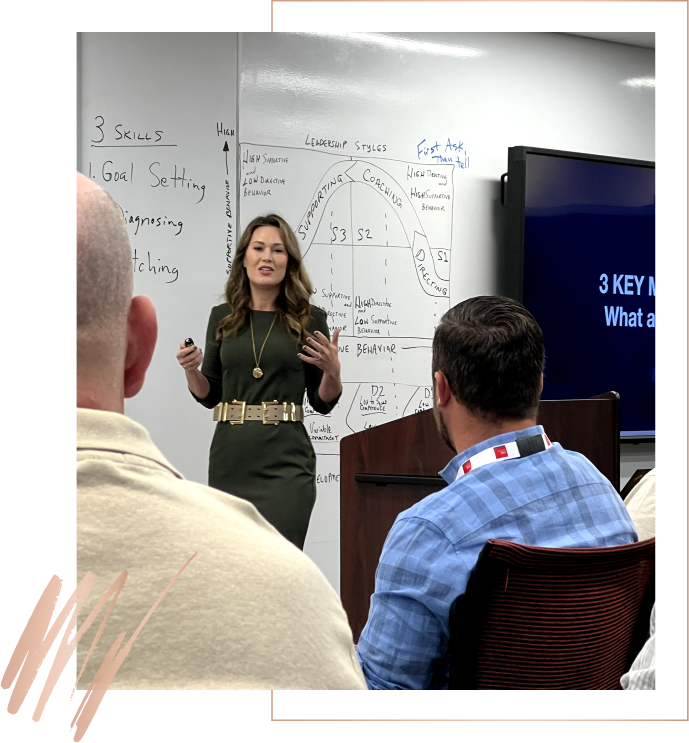
It pained me to watch.
I wanted to help them.
I knew what they were going through.
I deeply empathized with these executives and CEOs struggling to get out of their heads.
I wanted to teach them the secrets I’d learned in my profession.
So in 2015, after 20 years as a journalist, I opened my consulting firm.
At first, it was only media coaching. Then several CEOs reached out to me after their media training and asked if I would coach their executives and sales teams on public speaking. My Public Speaking Skills Training, $1M Memorable Messaging, and MVP (Messaging, Voice, and Posture)=ROI became significant pieces of the company.
Today, we’re training people from all over the world.
Leaders come to me looking for ways to stand out
and be more memorable with their messaging.
They’re also often afraid of messing up on the stage and in front of cameras. Or they just don’t know what to say or how to deliver it. Within a few days, they’re confident, concise, and clear in every situation. I am grateful to be of help to them.
The tragedy of August 1, 2007, remains a dark time in my life. Still, out of that darkness, I began to see my purpose: to help more people transform their message, story, image, body language, and fear of speaking in the media, on stage, and on camera – so they can impact more people and make a bigger difference in the world.
